The Witches Stone near Bo’ness
The Witches Stone near Bo’ness in Scotland is a symbol of the witch persecutions that, over the centuries, led to the condemnation of around 4,000 people in Scotland, most of them women.
A key figure in this history was King James VI of Scotland (later James I of England), who in 1597, during a period of intense religious fanaticism, officially authorised the witch hunts, setting off summary trials and brutal tortures.
Accusations often targeted people deemed inconvenient by the authorities or simply different because of their appearance, behaviour, or knowledge. The charges ranged from alleged pacts with the Devil to satanic dances around graves, acts of witchcraft, transformations into black crows, and confessions obtained under duress.
In this context, we focus on an episode that took place in Bo’ness in 1679, during a particularly intense phase of the struggle against “evil”.
In November of that year, six local women were arrested on charges of witchcraft. Tried and condemned to death, they were strangled and burned at the stake on 23 December of the same year.
This article is meant as an act of remembrance and a denunciation of all forms of violence.
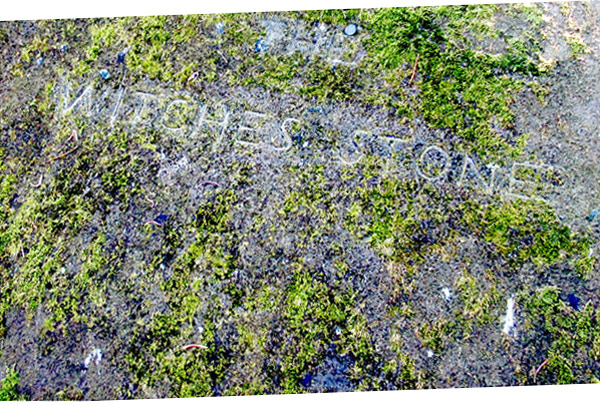
If you happen to be travelling the road between Edinburgh and Stirling, it’s worth making a short detour about halfway, in the direction of Bo’ness. In the hamlet of Muirhouses, you’ll find the “Witches’ Stone”, which commemorates this and other trials that took place in the area.
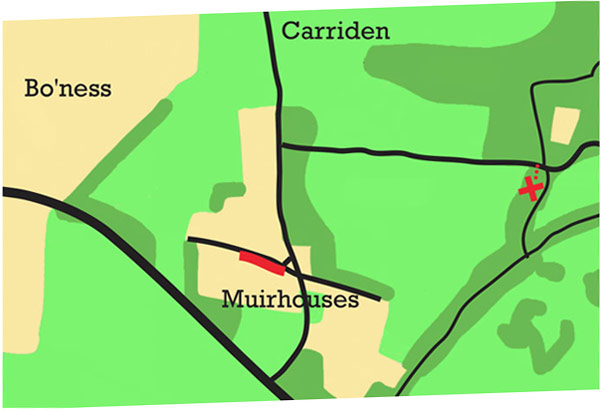
Below, we provide directions to reach the commemorative stone and encourage you to leave a positive trace of your visit.
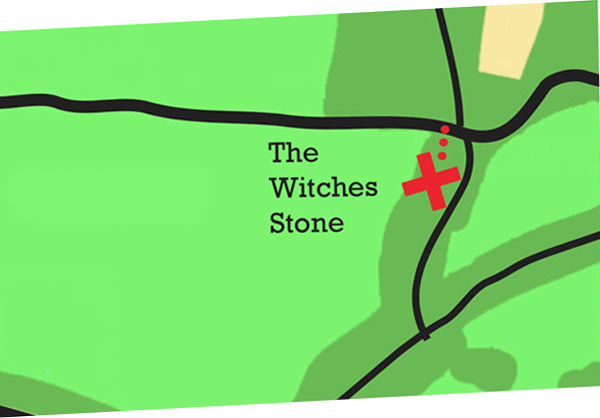
Since the path to the site is private, we recommend parking along the cul-de-sac in the village.
The commemorative stone is located on the right-hand side in the small woodland, about ten metres before the junction of the dirt tracks.
The Lobster Pot
Another interesting stop, though quite different from the “Witches’ Stone”, is just 5 kilometers away: the famous The Lobster Pot trattoria in Blackness, a small, picturesque coastal village also known for its impressive Blackness Castle, often used as a filming location for movies and TV series, including Outlander.
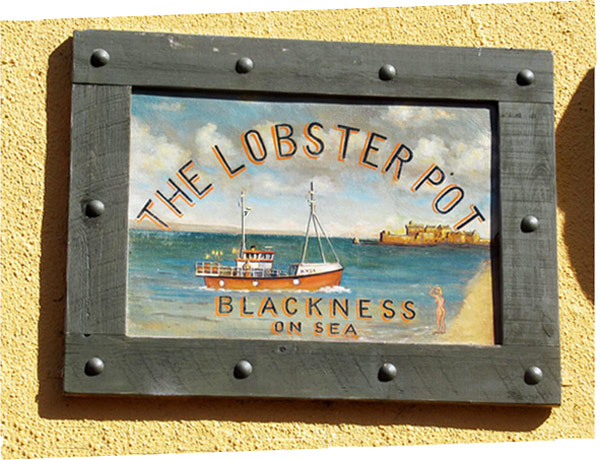
The Lobster Pot is a simple and welcoming seaside-style trattoria-pub, famous for its fresh seafood. In a relaxed and informal setting, we treated ourselves here – at least once in our lives – to a truly memorable lobster meal.
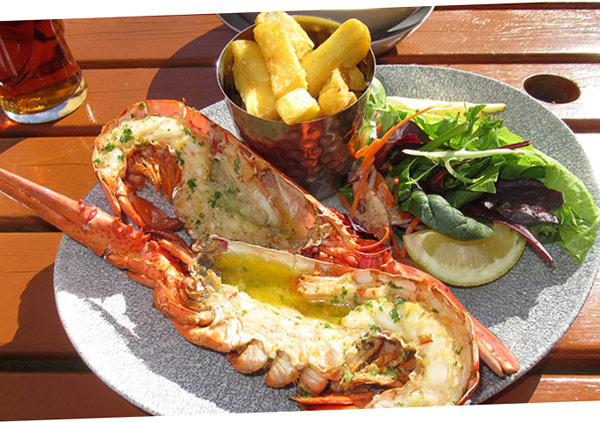
The menu offers simple, rustic, and authentic dishes, focusing entirely on the freshness of the catch: from classic fish soups to grilled seafood or served with garlic butter, to light fried dishes. There are often daily specials based on local catches, with generous portions and no-frills presentation.
The restaurant is not very large, although in summer it has some outdoor tables. For this reason, reservations are recommended, especially on weekends or during the warmer months.
What to Try in Scotland
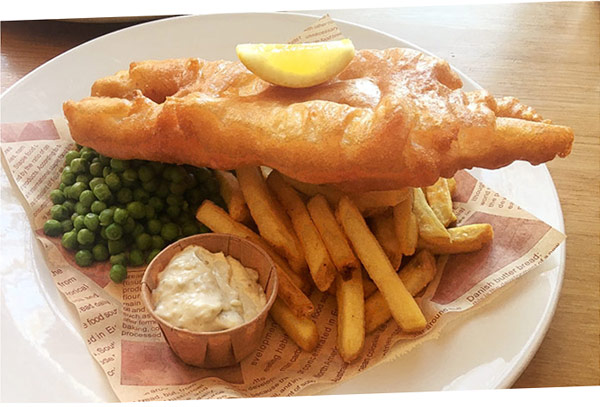
Among the dishes not to be missed, of course, is the classic fish and chips, which you can find almost everywhere. The tip is to enjoy it slowly in a good restaurant, well-prepared and perfectly crispy.
In Scotland, haddock is often used for this dish, but if you want to try it in a different version, look for a dish with this fish boiled or steamed: it will surprise you with its tenderness and flavour. Haddock, or eglefino in Italian, belongs to the same family as cod and is one of the most caught fish in the region. It lives in the cold waters of the North Atlantic, usually at depths between 40 and 300 meters. Its flesh is white, tender, low-fat, and has a delicate taste.
A Dish… for the Braver Ones
To be avoided, or at least approached with caution, is the infamous haggis, Scotland’s national dish, celebrated every year during Burns Night. It is a cooked sausage made from sheep offal (heart, liver, and lungs), minced and seasoned with spices, oatmeal, and suet.
Haggis dates back at least to the 15th century and was invented as a clever way to avoid wasting anything during the butchering process. It is certainly not to everyone’s taste, but if you want to try it, it is usually served hot, accompanied by mashed potatoes and turnips, along with a whisky sauce.

